The U.S. Treasury Department recently experienced a significant security breach linked to a China state-sponsored hacking group, which exploited vulnerabilities in third-party remote management software. This incident was first reported by The New York Times.
In a letter to lawmakers obtained by The Verge, the Treasury Department disclosed that BeyondTrust, the provider of the remote management software in question, informed the agency of the breach on December 8th. The hackers managed to steal a critical key used by BeyondTrust to secure a cloud-based service that supports remote technical assistance for Treasury Departmental Offices (DO) end users.
Using the stolen key, the attackers bypassed security protocols, gaining remote access to employees’ workstations and obtaining “some unclassified documents” stored on these devices. The Treasury Department confirmed the breach, stating that they immediately collaborated with the Cybersecurity and Infrastructure Security Agency (CISA) and the FBI to investigate and respond to the attack.
Details of the Breach
The attack has been attributed to an Advanced Persistent Threat (APT) group backed by the Chinese government. According to Michael Gwin, a spokesperson for the Treasury Department, the compromised BeyondTrust service was promptly taken offline. “There is no evidence indicating the threat actor has continued access to Treasury systems or information,” Gwin assured in a statement to The Verge.
The breach appears connected to a security incident that BeyondTrust disclosed earlier in December. The company had announced that an API key for its remote support software had been compromised, which led to unauthorized access. BeyondTrust responded by immediately revoking the API key, notifying affected customers, and suspending impacted instances on the same day. When contacted for additional comments, BeyondTrust did not immediately respond.
Treasury’s Response and Cybersecurity Efforts
Michael Gwin emphasized the department’s commitment to safeguarding its systems and data, stating, “Treasury takes very seriously all threats against our systems and the data it holds.” He also highlighted the department’s progress in strengthening its cybersecurity defenses over the past four years, a critical measure in protecting the nation’s financial system from malicious actors.
While the Treasury Department has taken steps to isolate and address this specific breach, the incident underscores the vulnerabilities posed by third-party software in government systems. BeyondTrust’s remote management tool, which provides technical support to employees, became an entry point for the hackers, raising concerns about the security of external services integrated into federal operations.
This breach is a stark reminder of the persistent threats facing U.S. government agencies from sophisticated hacking groups, often state-sponsored. Advanced Persistent Threat groups, such as the one attributed to this attack, are known for their ability to exploit vulnerabilities in software and maintain long-term access to sensitive systems. While the Treasury Department has stated that the attackers did not gain continued access to its systems, the initial breach highlights the potential risks to national security and sensitive data.
BeyondTrust’s swift actions to revoke the compromised API key and alert its customers were crucial in containing the threat. However, the incident raises questions about the adequacy of safeguards in place for software used in critical government operations. It also underscores the importance of regular audits and robust cybersecurity protocols to detect and mitigate potential vulnerabilities before they can be exploited.
The Treasury Department’s response to the breach, including its collaboration with CISA and the FBI, demonstrates the importance of a coordinated effort between government agencies and private sector partners in addressing cybersecurity threats. As cyberattacks become increasingly sophisticated, such partnerships are essential in mitigating risks and safeguarding critical infrastructure.
The breach also highlights the need for continued investment in cybersecurity measures. Over the last few years, the Treasury Department has worked to strengthen its defenses against cyber threats, but incidents like this underscore the need for constant vigilance and adaptability in the face of evolving tactics used by hackers.
In conclusion, while the immediate threat has been contained and there is no evidence of ongoing access, the incident serves as a wake-up call about the risks posed by third-party software and the need for rigorous cybersecurity measures. The U.S. Treasury Department and other government agencies must continue to prioritize and invest in their cyber defenses to stay ahead of increasingly sophisticated threat actors.
